Point-of-use chlorine residuals and disinfection byproduct occurrences in rural households served by public water utilities in Appalachian Virginia
Abstract/Summary: We characterized concentrations of trihalomethanes (THMs), a measure of disinfection byproducts (DBPs), in tap water samples collected from households with utility-supplied water in two rural counties in Appalachian Virginia, and assessed associations with pH, free chlorine, and metal ions which can impact THM formation. Free chlorine concentrations in all samples (n = 27 homes) complied with EPA drinking water guidelines, though 7% (n = 2) of first draw samples and 11% (n = 3) of 5-min flushed-tap water samples exceeded the US Safe Drinking Water Act (SDWA) maximum contaminant level (MCL) for THM (80 ppb). Regression analyses showed that free chlorine and pH were positively associated with the formation of THM levels above SDWA MCLs (OR = 1.04, p = 0.97 and OR = 1.74, p = 0.79, respectively), while temperature was negatively associated (OR = 0.78, p = 0.38). Of the eight utilities serving study households, samples from water served by three different utilities exceeded the EPA MCL for THM. Overall, these findings do not indicate substantial exposures to DBPs for rural households with utility-supplied water in this region of southwest Virginia. However, given the observed variability in THM concentrations between and across utilities, and established adverse health impacts associated with chronic and acute DBP exposure, more research on DBPs in rural Central Appalachia is warranted.


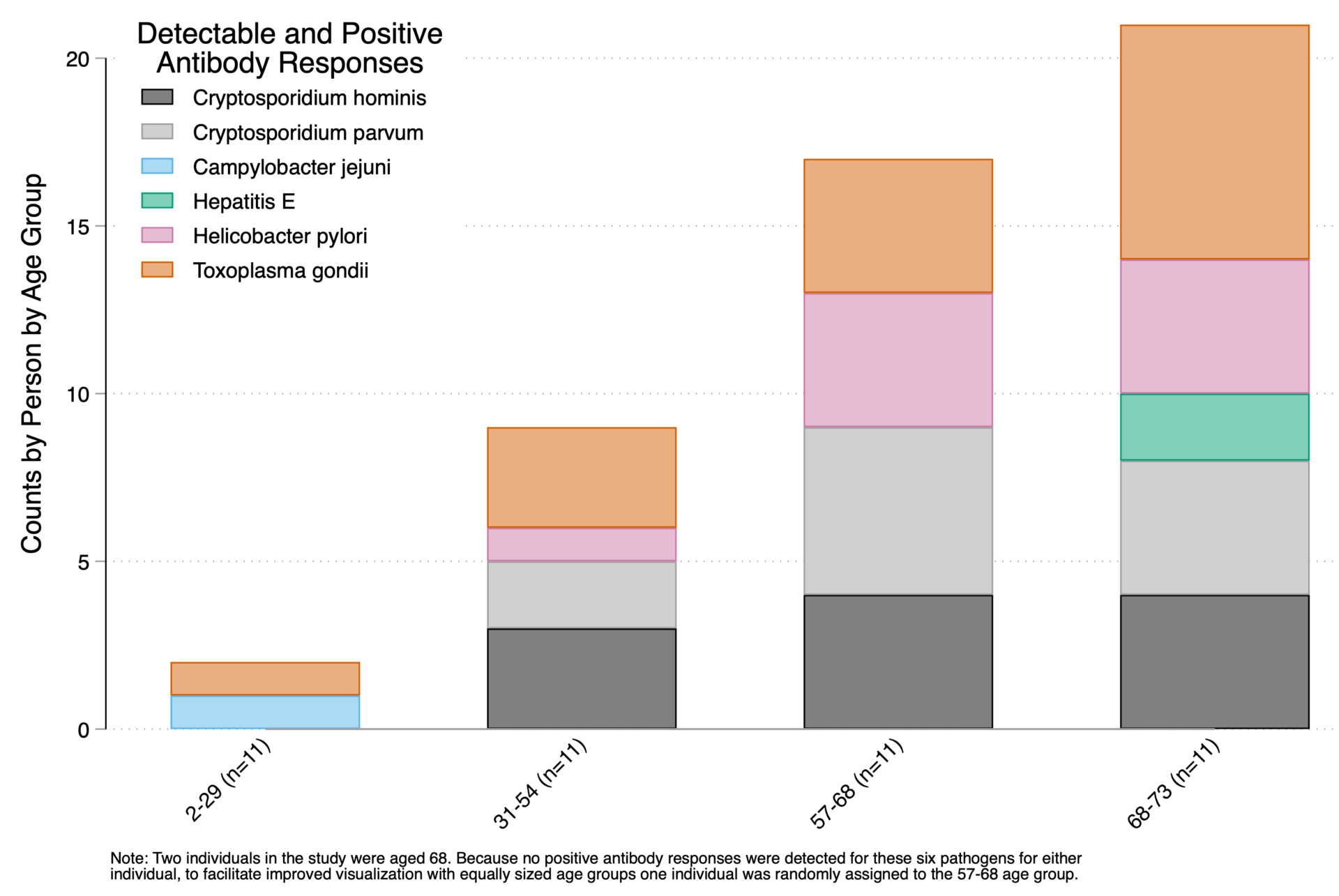
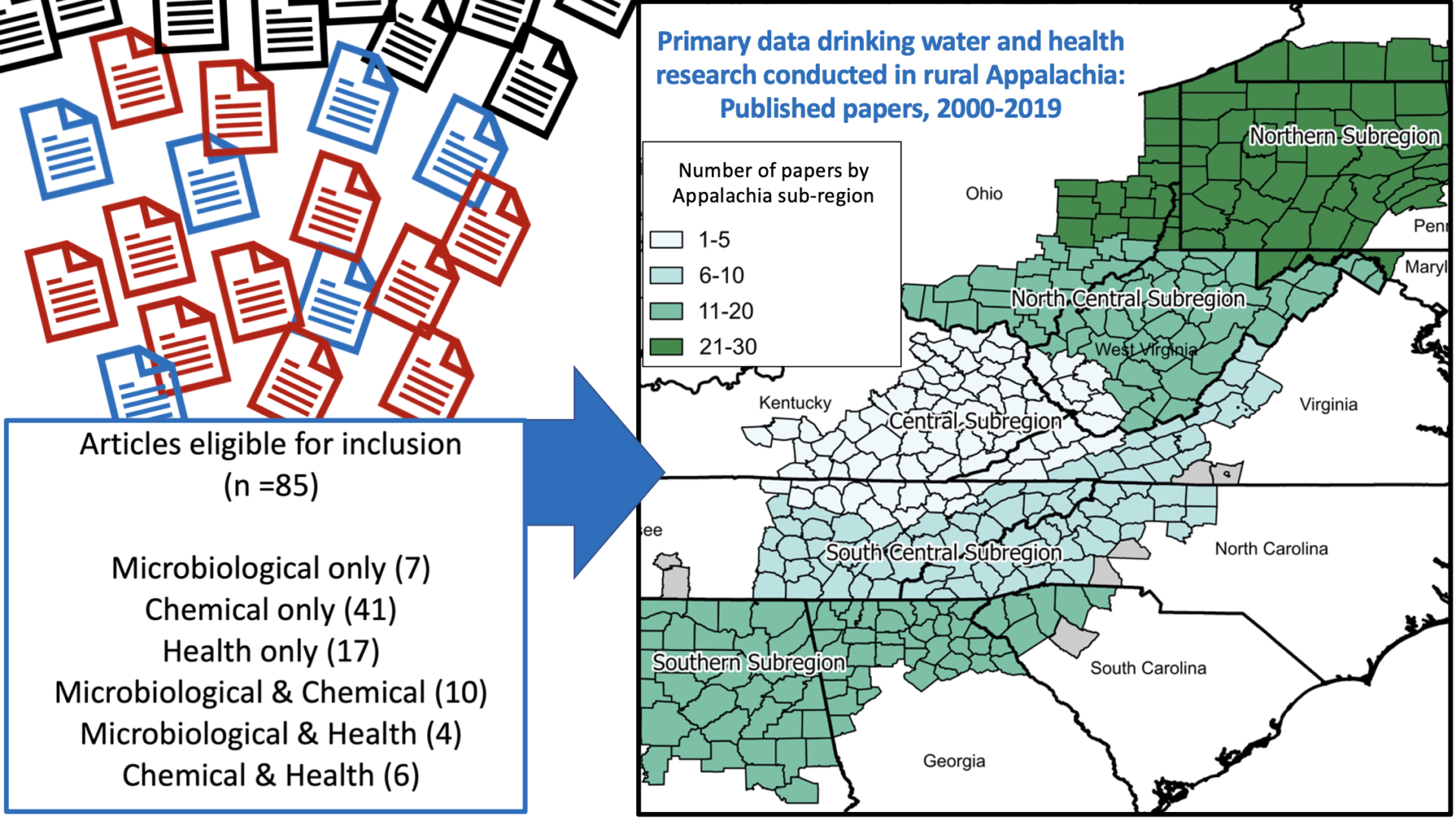
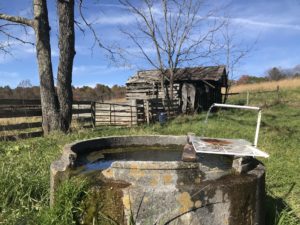
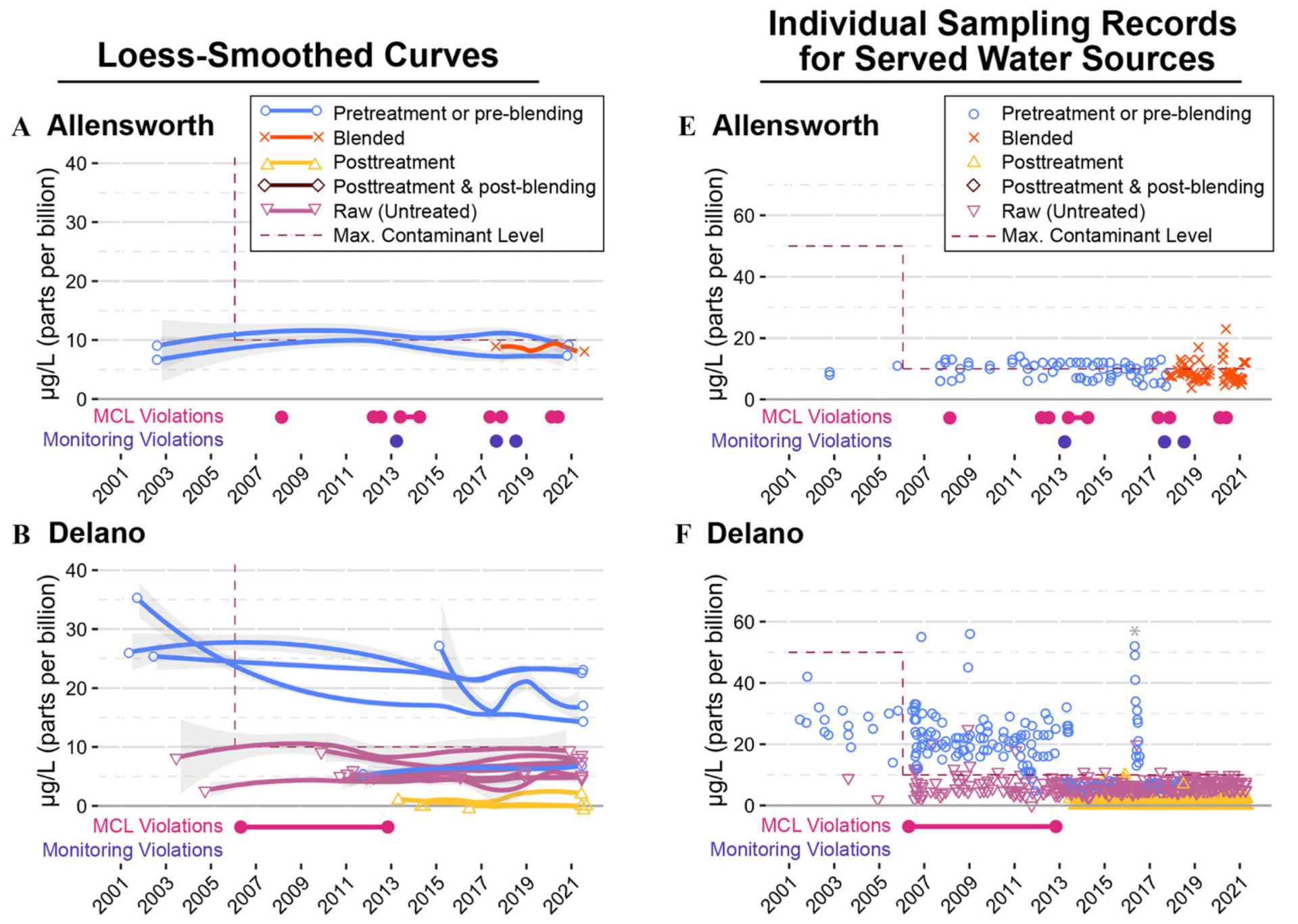



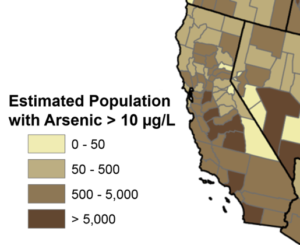
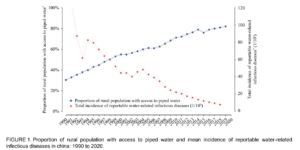 Abstract/Summary: In the 1950s, shortly after the founding of the People’s Republic of China (PRC), the central government created the Patriotic Health Campaign (PHC) in order to standardize and disseminate health focused educational materials intended to control and prevent infectious diseases (1). “Water improvement”, meaning measures aimed at providing safe drinking water for households in China, was an important part of the PHC. After 60 years of water improvement policies, programs, and investments, the rural water supply sanitation and hygiene in China has improved dramatically, and water-related diseases no longer negatively impact the rural population as they once did. In addition to improvements related to the quantity and quality of the rural water supply, water improvement programs also promoted improved hygiene, sanitation, and other health-related behaviors among rural households. Together, such initiatives have improved the quality of life and the health of hundreds of millions of rural residents, while also contributing to economic and social advancement across rural China (2). The purpose of this article is to describe how the PHC served as a foundation for the expansion and improvement of drinking water supply in rural China, and to summarize the key programs, projects, and initiatives that followed over the last 60 years.
Abstract/Summary: In the 1950s, shortly after the founding of the People’s Republic of China (PRC), the central government created the Patriotic Health Campaign (PHC) in order to standardize and disseminate health focused educational materials intended to control and prevent infectious diseases (1). “Water improvement”, meaning measures aimed at providing safe drinking water for households in China, was an important part of the PHC. After 60 years of water improvement policies, programs, and investments, the rural water supply sanitation and hygiene in China has improved dramatically, and water-related diseases no longer negatively impact the rural population as they once did. In addition to improvements related to the quantity and quality of the rural water supply, water improvement programs also promoted improved hygiene, sanitation, and other health-related behaviors among rural households. Together, such initiatives have improved the quality of life and the health of hundreds of millions of rural residents, while also contributing to economic and social advancement across rural China (2). The purpose of this article is to describe how the PHC served as a foundation for the expansion and improvement of drinking water supply in rural China, and to summarize the key programs, projects, and initiatives that followed over the last 60 years.